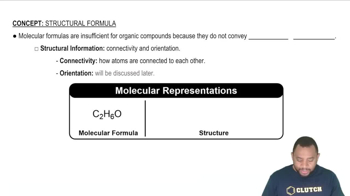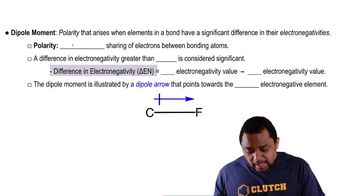Textbook Question
If 42.0 kJ of heat is added to a 32.0-g sample of liquid meth-ane under 1 atm of pressure at a temperature of -170°C, what are the final state and temperature of the methane once the system equilibrates? Assume no heat is lost to the surroundings. The normal boiling point of methane is -161.5 °C. The specific heats of liquid and gaseous methane are 3.48 and 2.22 J/g-K, respectively. [Section 11.3]




